Pieter Claesz: Master of the Dutch Golden Age Still Life
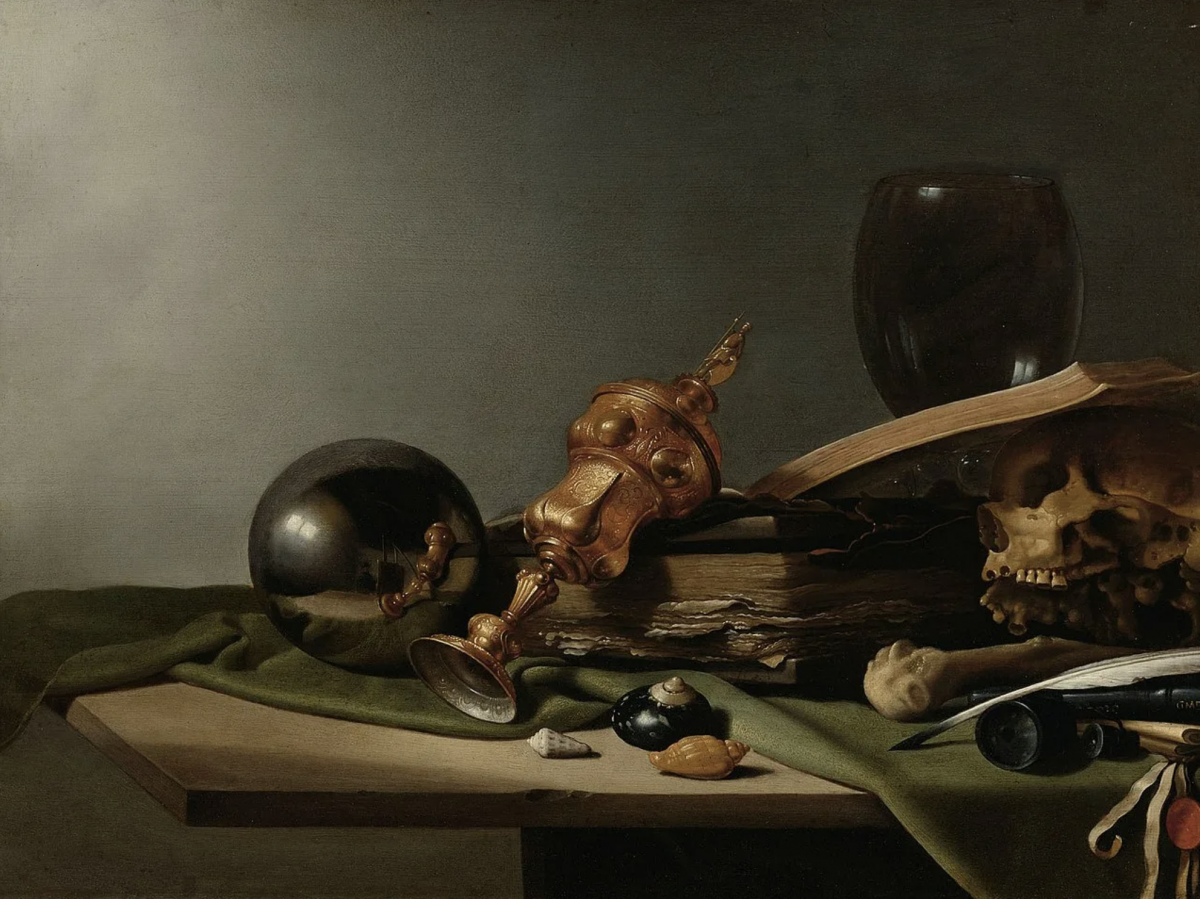
The Dutch Golden Age was an era of unprecedented wealth and cultural achievement in the Netherlands, spanning the 17th century. This period saw a flourishing of art, with an emphasis on realism and attention to detail. Among the masters of this era was Pieter Claesz, a name forever linked to the development and mastery of still life painting. This article will delve into the life, style, and legacy of this remarkable artist, whose works continue to captivate audiences with their subtle elegance and profound simplicity.
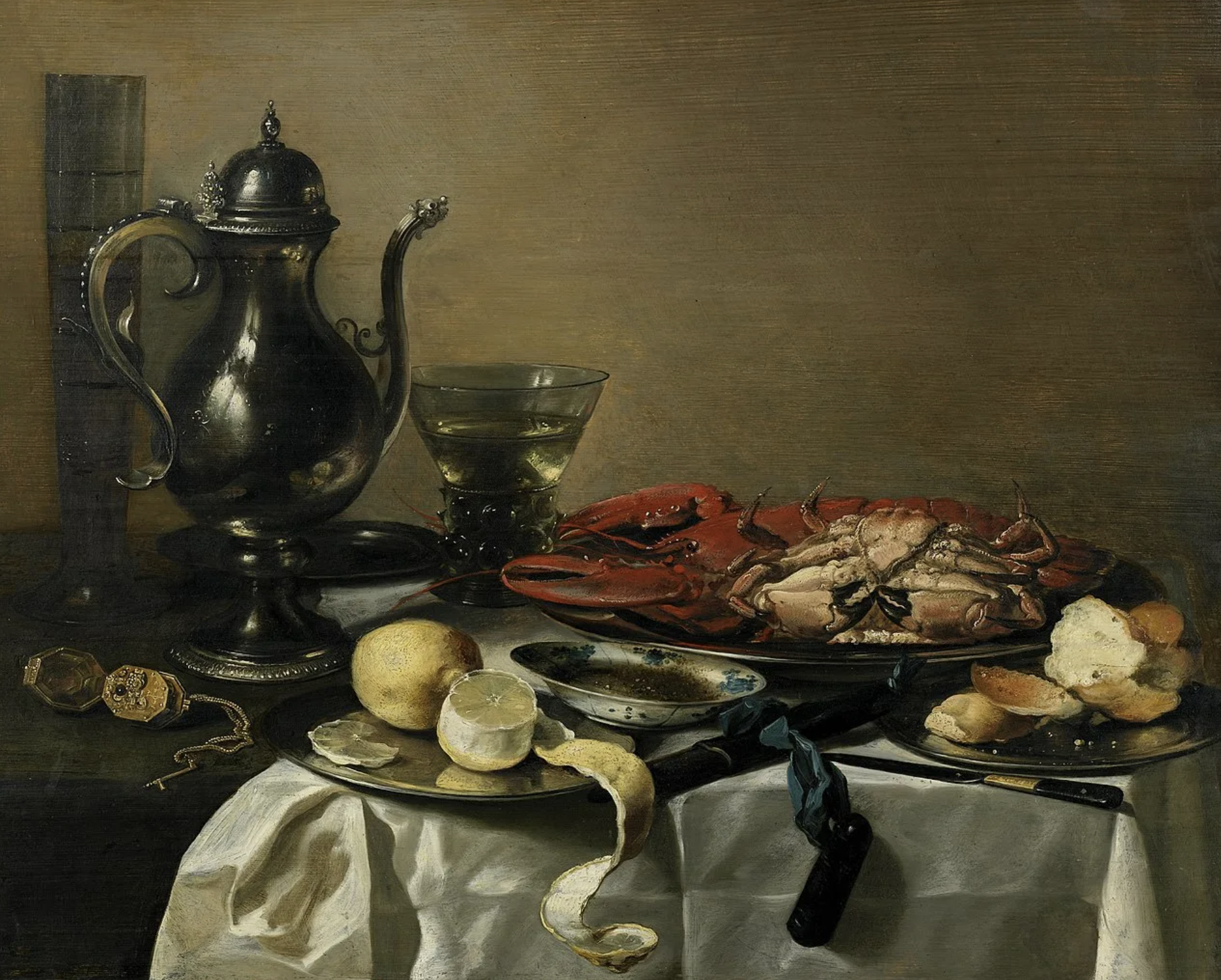
The Life of Pieter Claesz (c. 1597-1660)
Born in Burgsteinfurt, Germany, around 1597, Pieter Claesz moved to Haarlem in the Netherlands early in his career. The city of Haarlem, by then a hub for artists and craftsmen, proved fertile ground for Claesz's development as a painter. Little is known about Claesz’s training, but his early works bear the influence of artists like Willem Claesz Heda, another notable still life painter of the era.
By the 1620s, Claesz had established himself as a sought-after artist, with his work extensively reflecting the opulence and variety of objects available in the Netherlands, due to its burgeoning trade networks. Claesz married Berentgen Dircx and had a son named Nicolaes Berchem, who would also become a painter, although he leaned more toward landscapes and pastoral scenes.
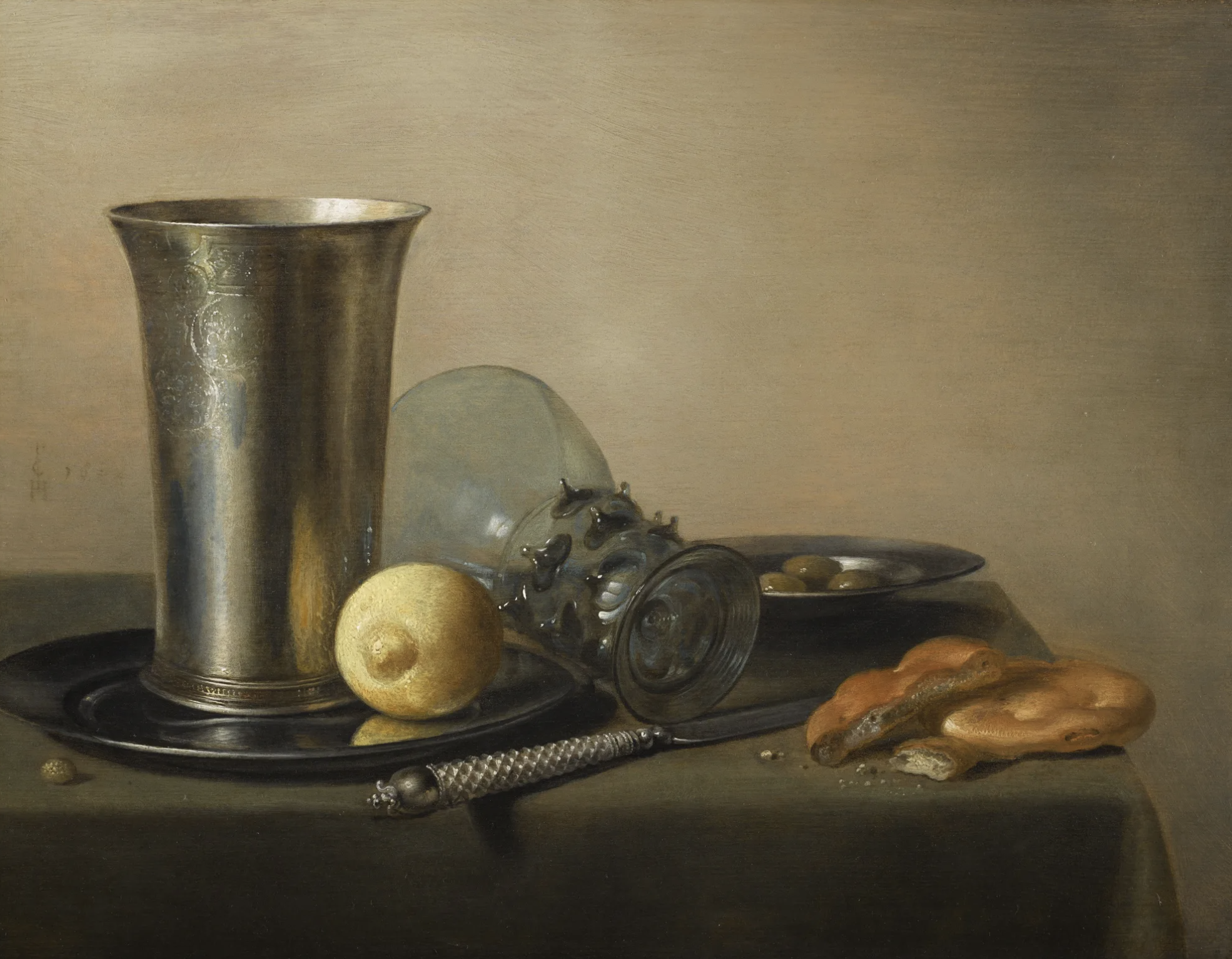
Style and Technique
Pieter Claesz was a pioneer in the still life genre, known for his "ontbijtjes" or "breakfast pieces," which depicted various foods and dining wares. His works were characterized by a monochromatic color palette, often called ‘monochrome banketje’ (monochrome banquet), with subtle gradations of browns and greys. This seeming simplicity was deceptive, as it belied a masterful handling of light and texture that gave his subjects a strikingly lifelike presence.
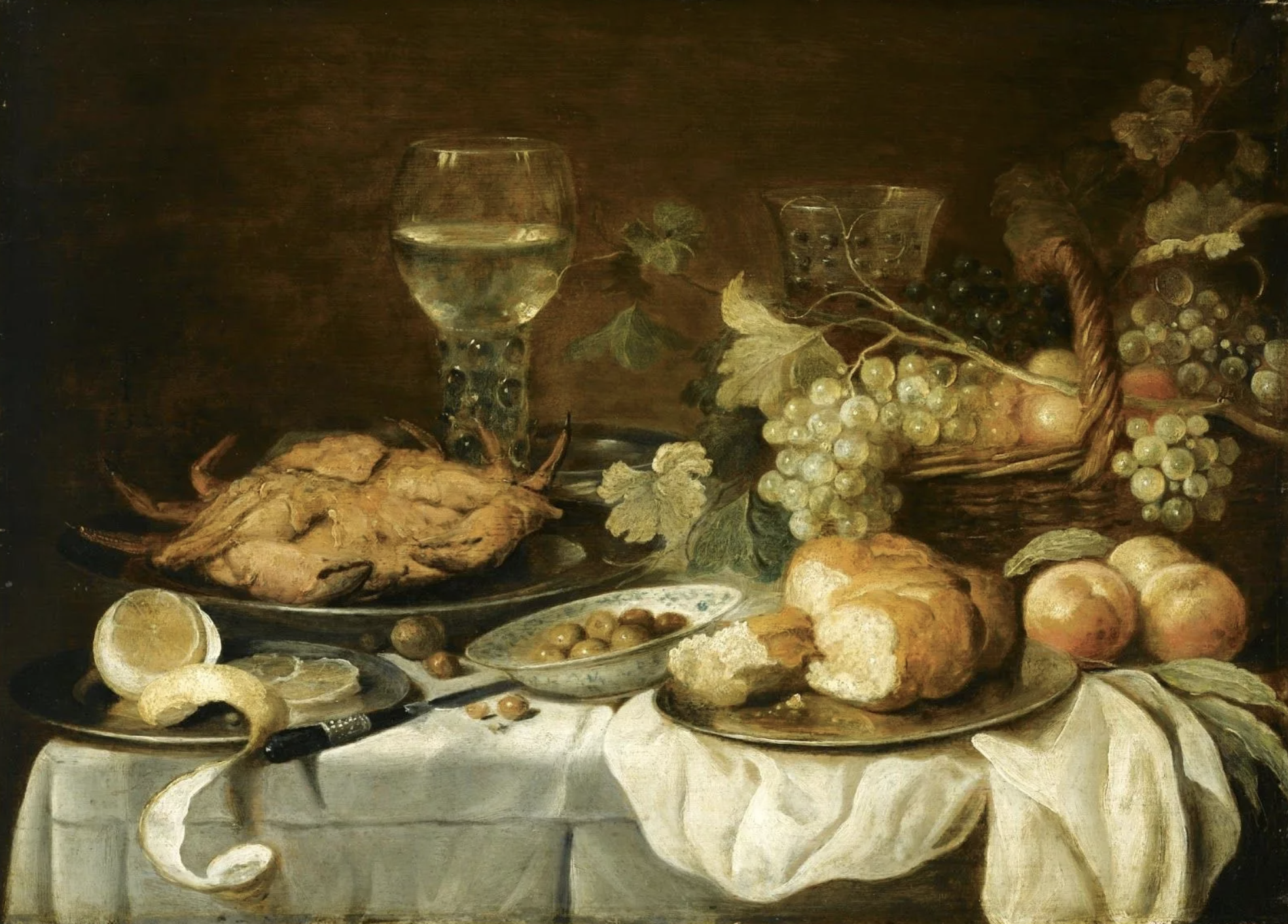
Claesz’s paintings often included a moral or vanitas element, reminding the viewer of life's transience. Common motifs featured in his art were extinguished candles, skulls, and overturned glasses, all serving as memento mori. However, philosophy and austerity did not overshadow the earthly pleasure in his work, as he showcased an array of textures from shiny metals, the translucence of glass, to the tactile surface of bread and fruit.

Notable Works and Innovations
Among Pieter Claesz’s notable works is "Vanitas with Violin and Glass Ball" (1625), where the reflection in the glass ball shows the artist at his easel. This piece is famed for capturing the temporary nature of human achievements and the passage of time. Another significant work, "Still Life with a Skull and a Writing Quill" (1628), is stark in its simplicity and profound in its message, combining the rich textures of reflective surfaces with the somber reminder of mortality.
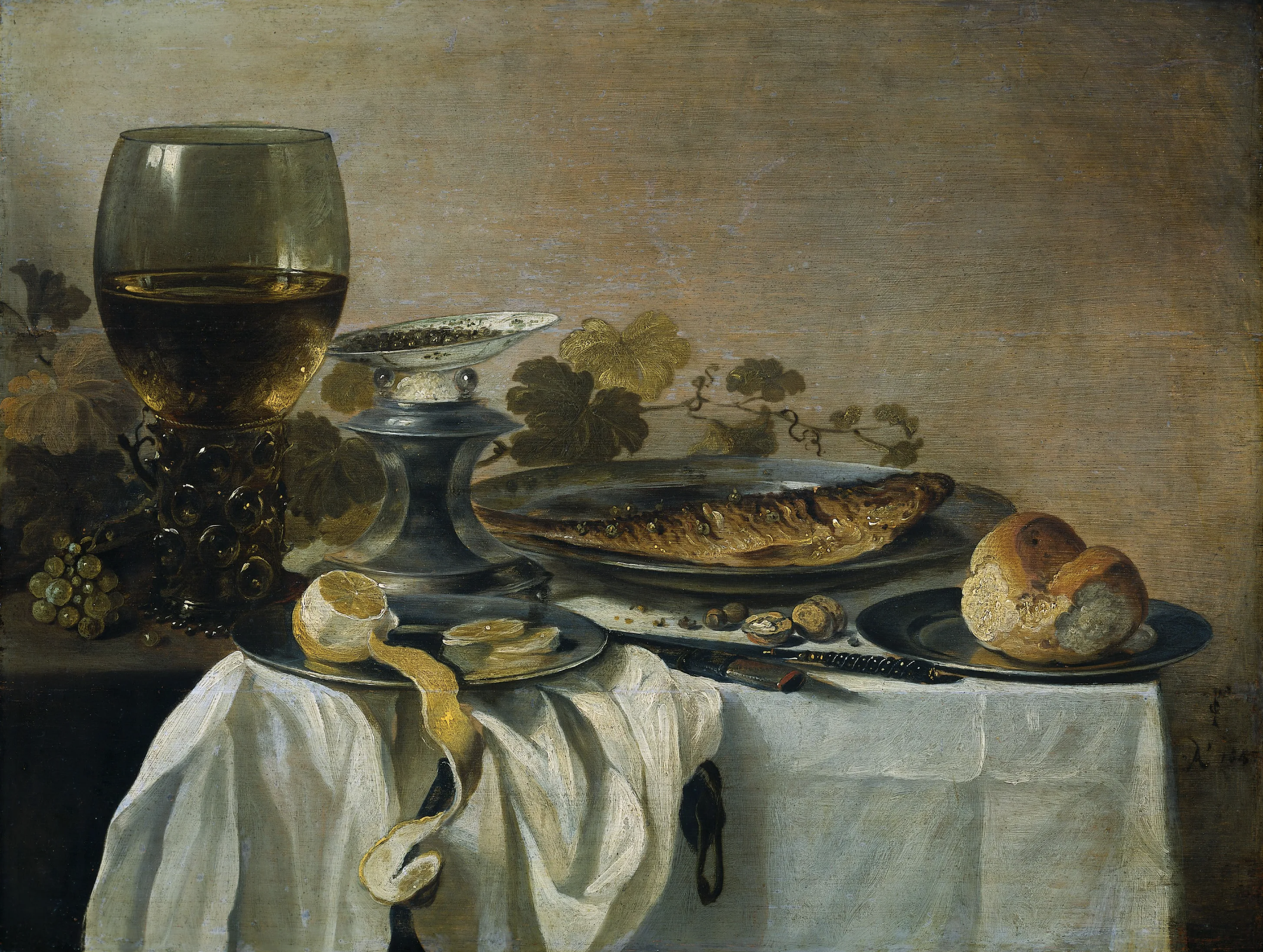
Claesz’s innovation extended to his compositions, where he would often align objects diagonally, leading the viewer's eye across the canvas and into the depth of the scene. His meticulous play with light and shadow had a considerable influence on the artists of his time and can be seen in the works of his contemporaries and those who followed.

Legacy and Influence
The life and work of Pieter Claesz left an indelible mark on the still life genre. His approach was educational for the generations that followed and helped establish Haarlem as a center for still life painting. Claesz's ability to capture the texture, light, and emotion within everyday objects has kept his work resonant and admired even into the modern era.
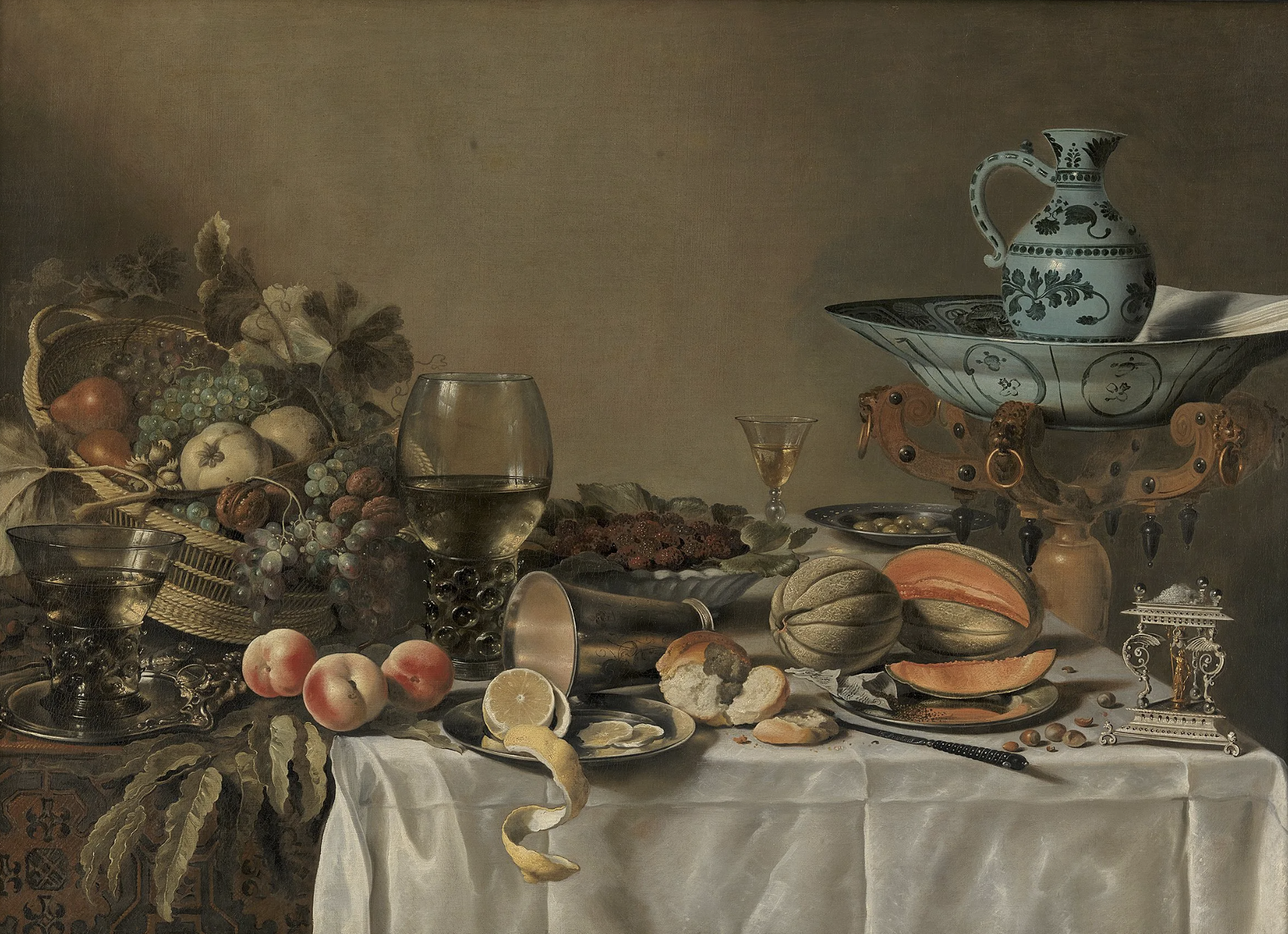
The quiet intensity and understated drama of Claesz’s compositions invite contemplation—each item in his paintings, meticulously rendered, seems to have a story far beyond its mere physical presence. In this way, Pieter Claesz’s work encapsulates the spirit of the Dutch Golden Age: a balance between the celebration of material wealth and the sober awareness of life’s fleeting nature.
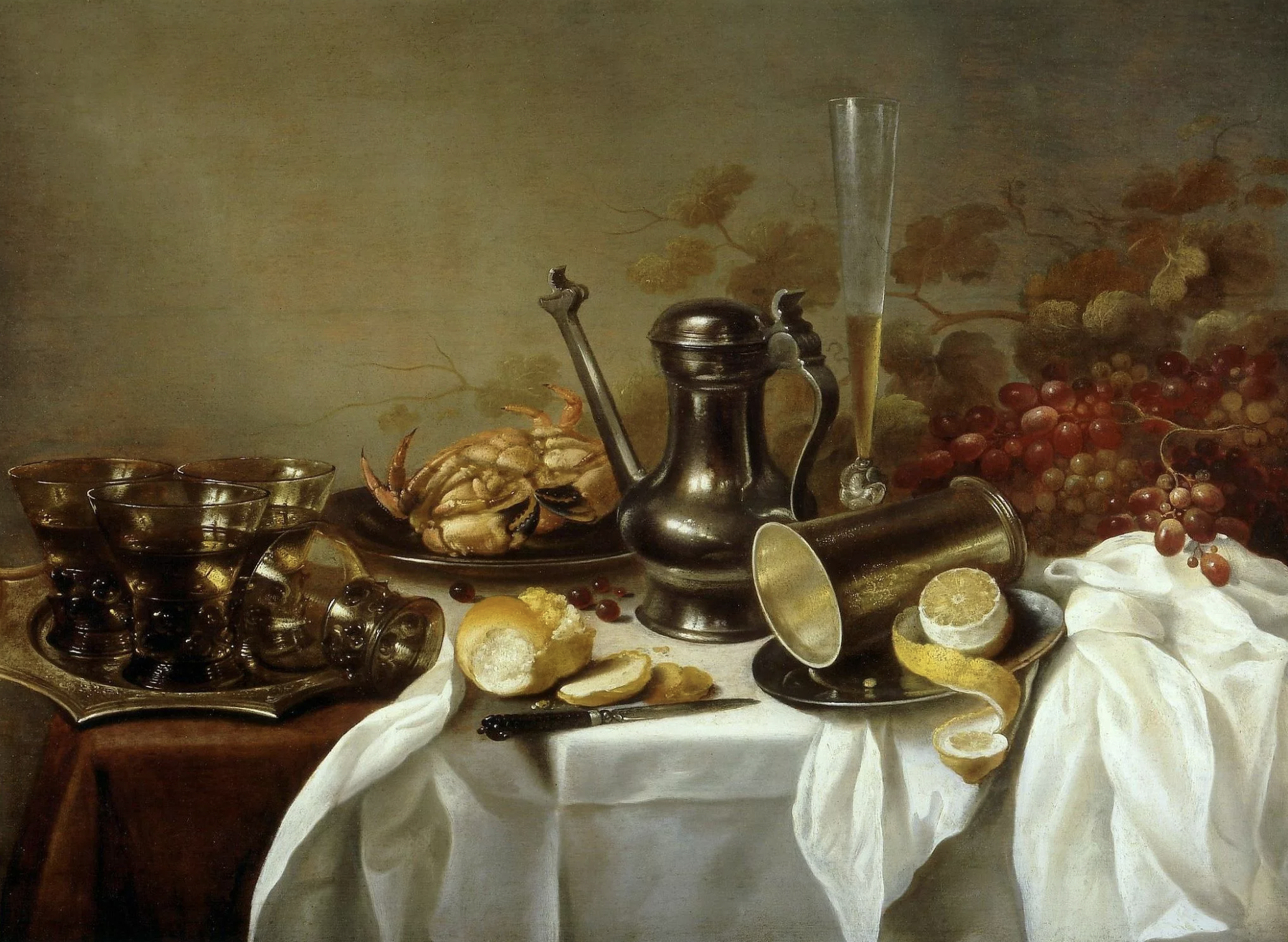
Today, Claesz's paintings can be found in museums around the world, including the Rijksmuseum in Amsterdam, the Frans Hals Museum in Haarlem, and the Metropolitan Museum of Art in New York City, where they continue to appeal to connoisseurs and casual viewers alike.
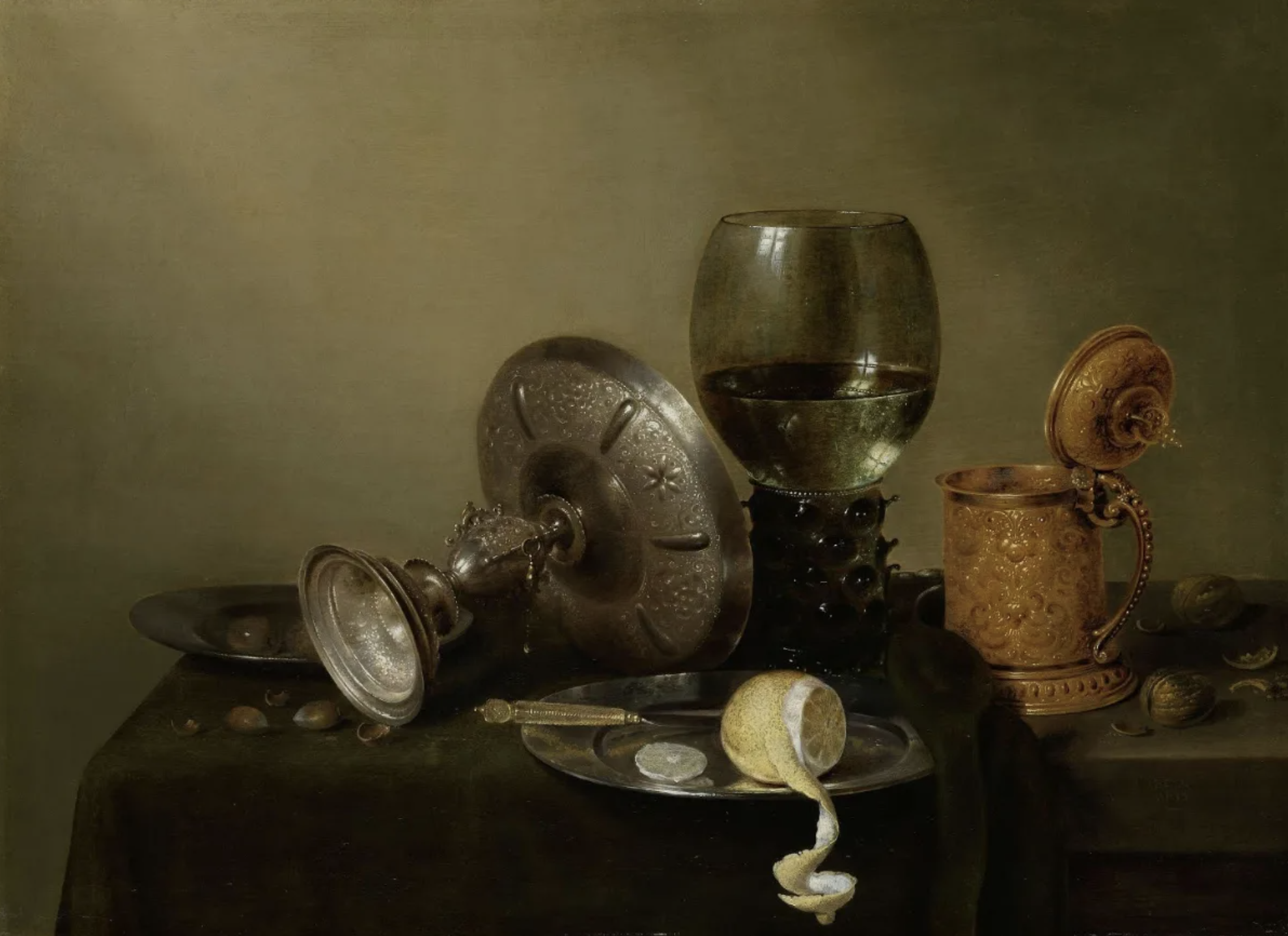
Pieter Claesz's legacy is one where minute observation meets a meditative stillness, encouraging us to pause and to see—even in the most ordinary of objects—the beauty and ephemerality of life. His work reminds us to appreciate both the bounty before us and the artistry with which it can be rendered.
Теги
art.